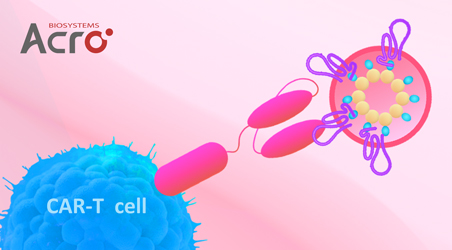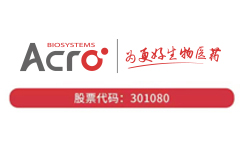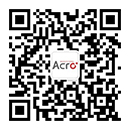描述(Description)
The Human PD-1 (Luc) Jurkat Reporter Cell was engineered to not only express the NFAT response element driving luciferase expressing systems, but also express the receptor full length human PD-1 (Gene ID: 5133), which can use to evaluate the potency of PD-1 blockade. When cocultured with target cells expressing human PD-L1, the PD-1/PD-L1 interaction inhibits TCR signaling and NFAT-mediated luminescence. Blocking the PD-1/PD-L1 interaction by either anti-PD-1 or anti-PD-L1 antibodies releases the inhibitory signal and results in TCR activation and NFAT-mediated luminescence.
应用说明(Application)
Screen for anti-human PD-1 or anti-human PD-L1 antibody.
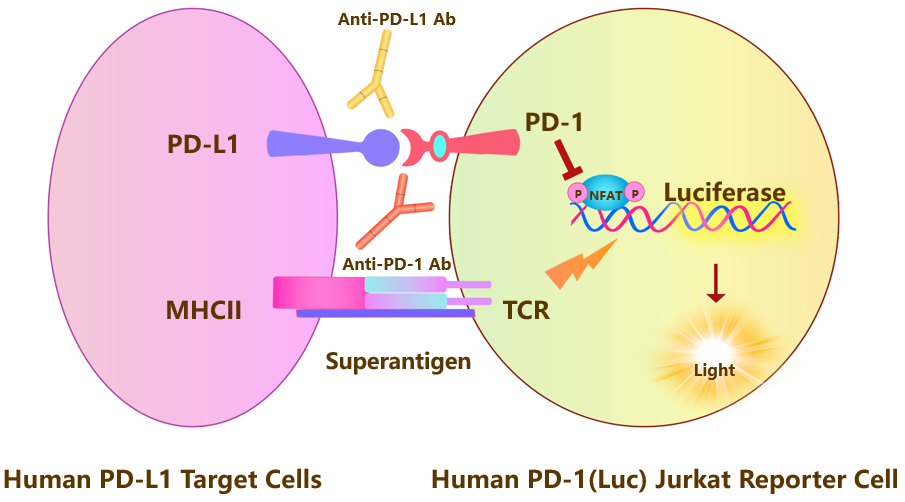
生长特性(Growth Properties)
Suspension
筛选标记(Selection Marker)
Puromycin (5 μg/mL) + Hygromycin (20 μg/mL)
培养基(Culture Medium)
RPMI-1640 + 10% FBS
冻存液(Freeze Medium)
Serum-free cell cryopreservation medium
装量(Quantity)
1 vial contains at least 5×10^6 cells in 1 mL serum-free cryopreservation medium
存储(Storage)
Frozen in liquid nitrogen.
支原体检测(Mycoplasma Testing)
Negative
无菌检测(Sterility Testing)
Negative
使用说明(Instructions for Use)
See data sheet for detailed culturing and assay protocol.
Receptor Assay
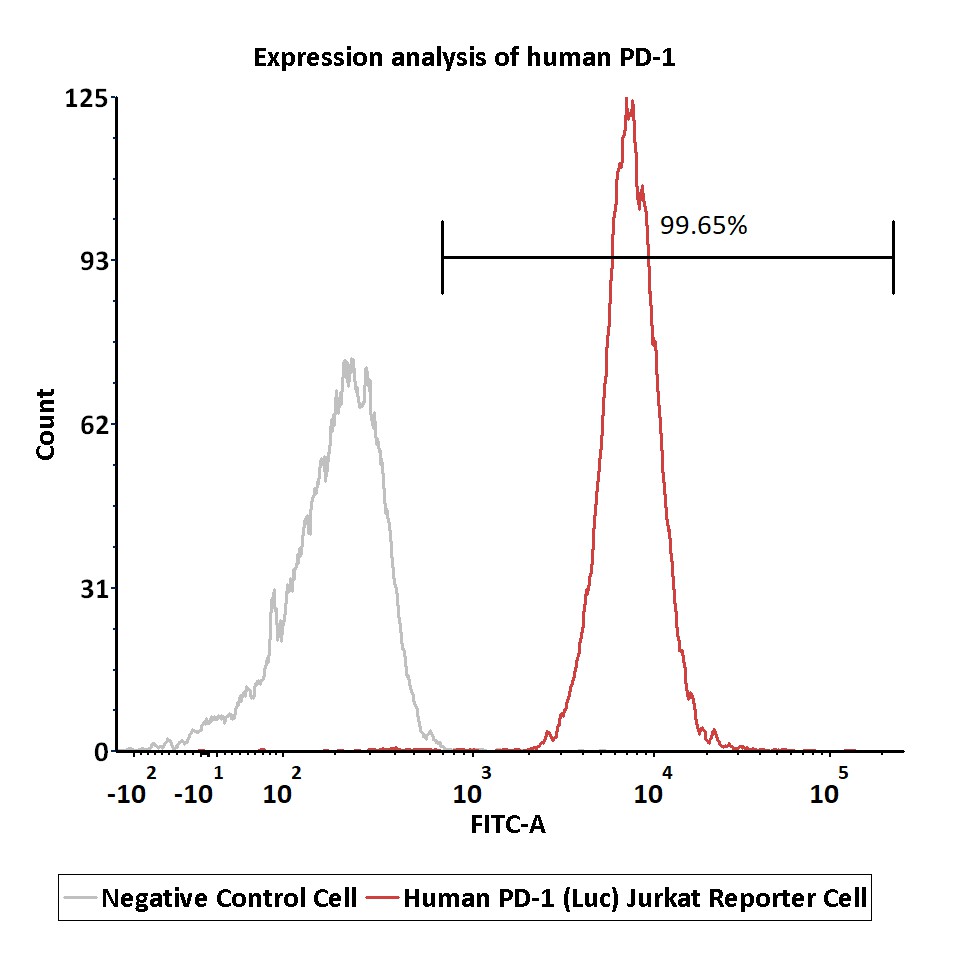
Expression analysis of human PD-1 on Human PD-1 (Luc) Jurkat Reporter Cell by FACS.
Human PD-1 (Luc) Jurkat Reporter Cell or negative control cell were stained with FITC-labeled anti-human PD1 antibody.
Protocol
Application
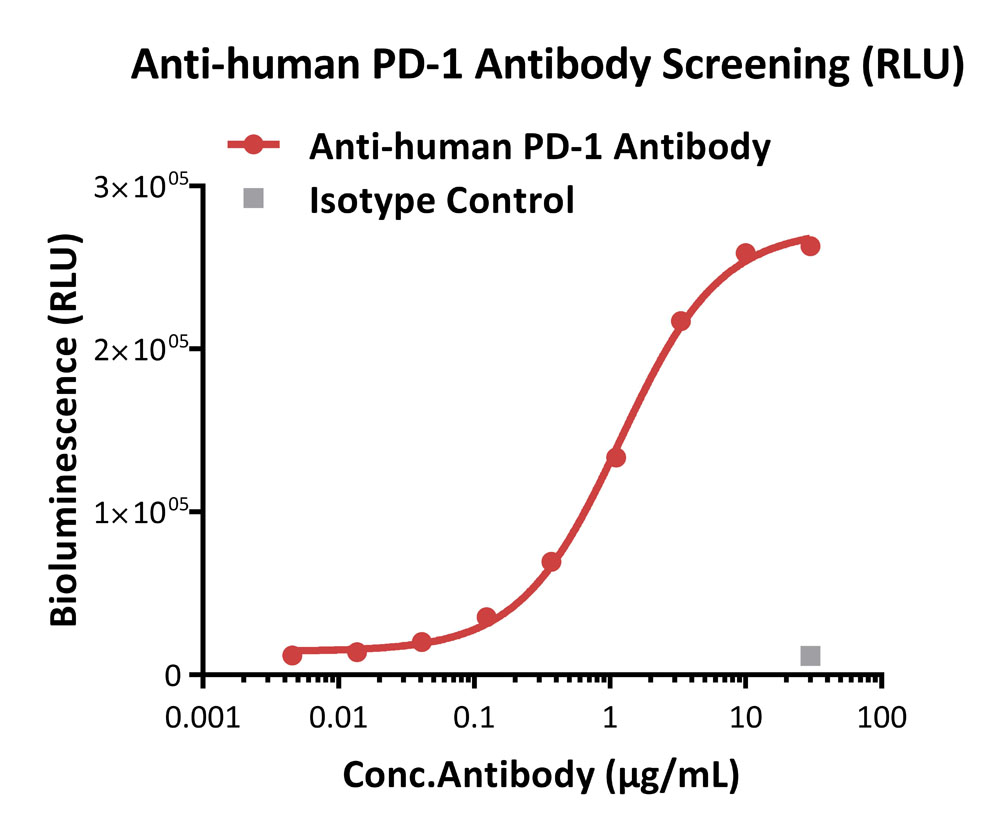
Blocking activity of anti-human PD-1 antibody (RLU).
This reporter cell was incubated with serial dilutions of antibodies in the presence of target cells expressing human PD-L1. The EC50 of anti-human PD-1 antibody was approximately 1.189 μg/mL.
Protocol
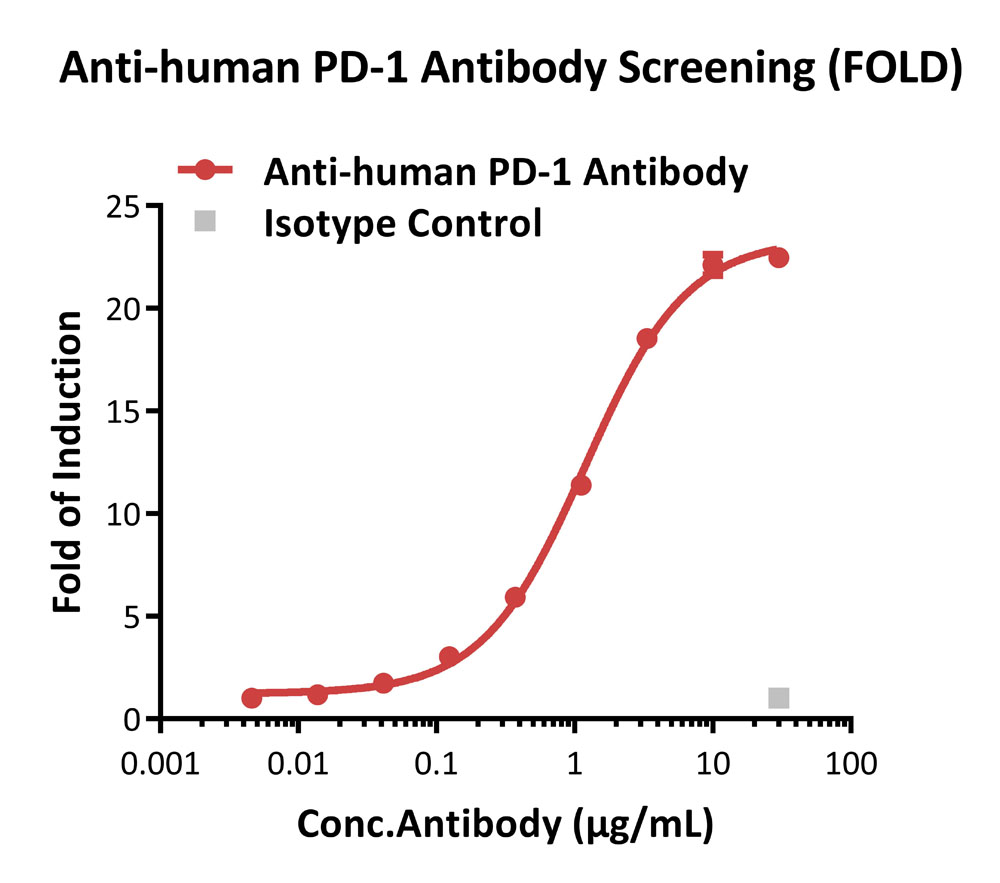
Blocking activity of anti-human PD-1 antibody (FOLD).
This reporter cell was incubated with serial dilutions of antibodies in the presence of target cells expressing human PD-L1. The max induction fold was approximately 22.47.
Protocol
Passage Stability
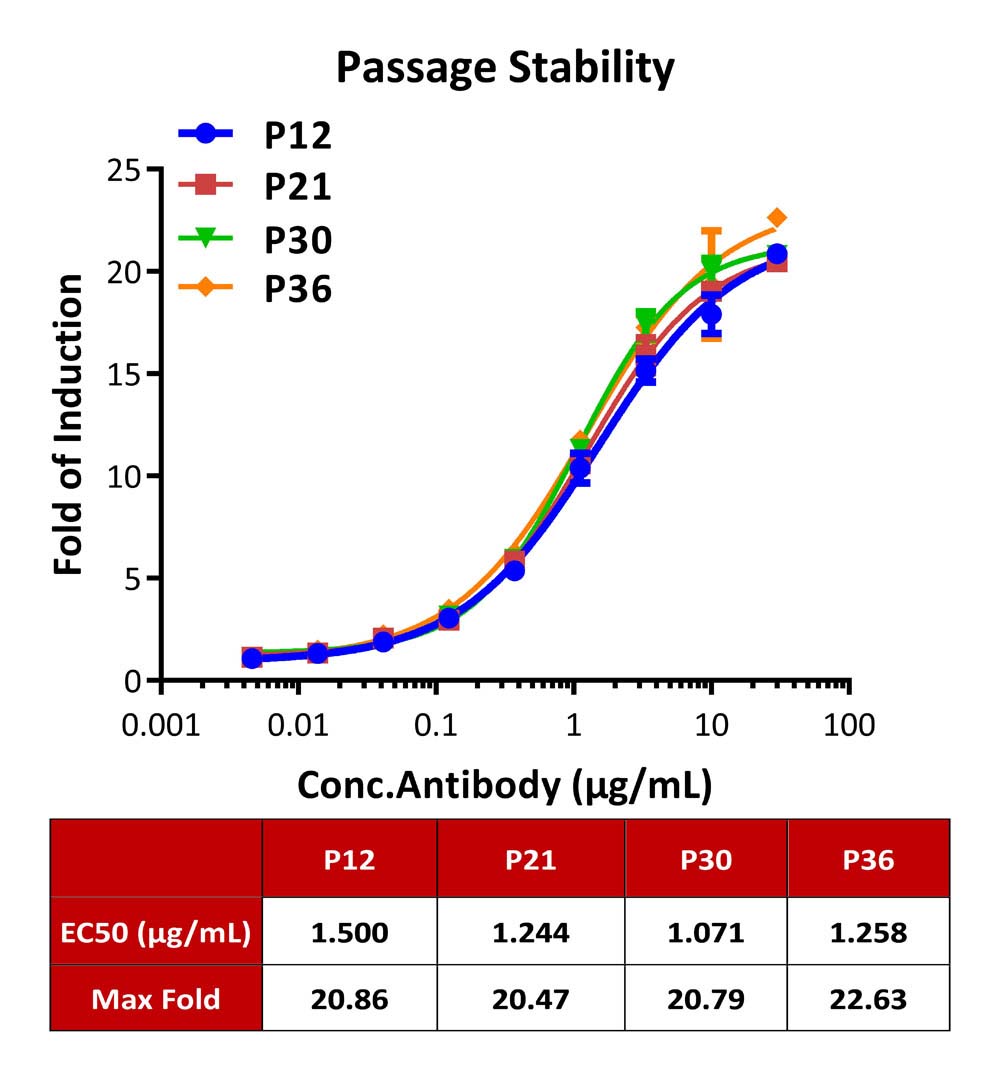
Passage stability analysis by anti-human PD-1 antibody stimulation.
The continuously growing Human PD-1 (Luc) Jurkat Reporter Cell was stimulated with serial dilutions of antibodies in the presence of target cells expressing human PD-L1. Anti-human PD-1 antibody stimulated response demonstrates passage stabilization (fold induction and EC50) across passage 12-36.
Protocol
如有相关细胞池需求请联系我们
背景(Background)
Programmed cell death protein 1 (PD-1) is also known as CD279 and PDCD1, is a type I membrane protein and is a member of the extended CD28/CTLA-4 family of T cell regulators. PDCD1 is expressed on the surface of activated T cells, B cells, macrophages, myeloid cells and a subset of thymocytes. PD1 inhibits the T-cell proliferation and production of related cytokines including IL-1, IL-4, IL-10 and IFN-γ by suppressing the activation and transduction of PI3K/AKT pathway.
License Disclosure
This cell line is provided for research use only. This license does not permit you to share, distribute, sell, sublicense, or otherwise make this cell line available for use to other laboratories, departments, research institutions, hospitals, universities, or biotech companies. The license does not permit modification of this cell line in any way. Inappropriate use or distribution of this cell line will result in revocation of the license. Modifications of this cell line, transfer to another facility, or commercial use of the cell lines may require a separate license and additional fees. AcroBiosystems does not warrant the suitability of this cell line for any particular use, and does not accept any liability in connection with the handling or use of this cell line.



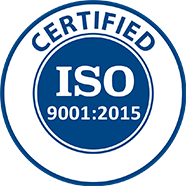
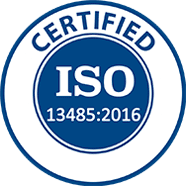

















































 膜杰作
膜杰作 Star Staining
Star Staining

